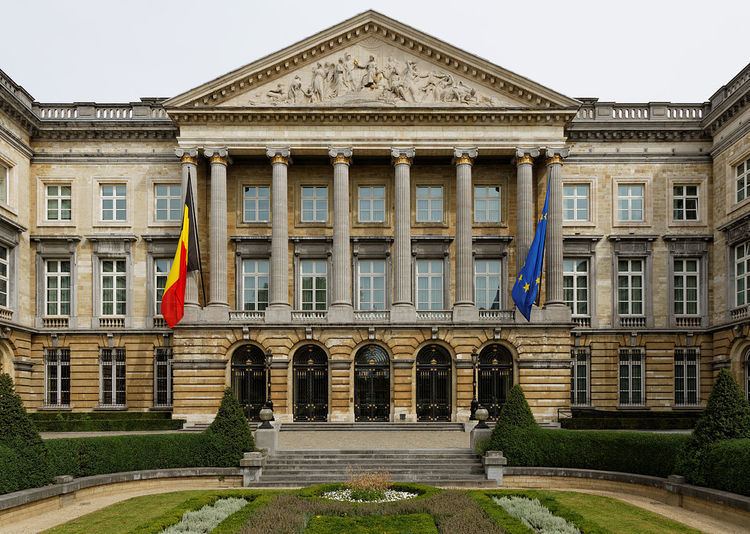Established 1430 Founded 1430 | Dissolved 1794 | |
 | ||
The Council of Brabant was the highest law court in the historic Duchy of Brabant. It was presided over by the Chancellor of Brabant. One of its functions was to determine that new legislation was not contrary to the rights and liberties established in the Joyous Entry.
Contents
The Belgian Federal Parliament now sits in the building that was designed in the late 18th century by Gilles-Barnabé Guimard as the Palace of the Council of Brabant.
Abolition
On 1 January 1787, Joseph II, Holy Roman Emperor, decreed the abolition of the Council of Brabant, which had resisted his reforming measures as conflicting with the established liberties of the duchy, and ordered that it be replaced with a number of tribunals to be newly instituted. On 20 April the Council nullified this decree as contrary to the liberties of the duchy and ordered its members to give no heed to it. At the end of May 1787 the government in Brussels postponed the implementation of judicial innovations, and in September abolished the decree. On 18 June 1789 Joseph II's representative in Brussels, Ferdinand von Trauttmansdorff, declared that the powers of the Council of Brabant would henceforth be exercised by the Great Council of Mechelen. This government coup was one of the direct causes of the Brabant Revolution. The Council was finally abolished under the French occupation of 1794–1814.
